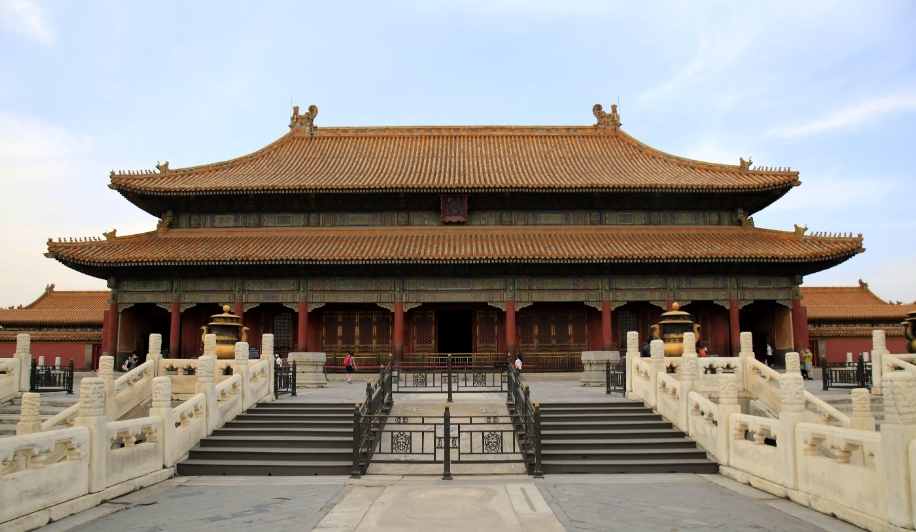
The Yungang Grottoes: China's Majestic Treasure Trove of Buddhist Art
Nestled at the foot of Wuzhou Mountain, just 16 kilometers west of Datong city in Shanxi province, lie the awe-inspiring Yungang Grottoes. This UNESCO World Heritage Site is not merely a collection of caves; it is a vast and intricate tapestry woven with the threads of history, faith, and artistic brilliance. Often hailed as China's largest treasure house of ancient Buddhist art, the Yungang Grottoes stand shoulder to shoulder with other monumental sites like the Longmen Grottoes in Luoyang and the Mogao Grottoes in Dunhuang, Gansu province.
A Symphony in Stone: Unveiling the Grandeur
The sheer scale of the Yungang Grottoes is enough to take one's breath away. Carved into the sandstone cliffs, these 252 grottoes house a staggering 51,000 Buddhist statues, ranging in size from a few centimeters to a colossal 17 meters. The meticulous detail etched into each figure, from the delicate folds of their robes to the serene expressions on their faces, is a testament to the extraordinary skill and devotion of the artisans who brought them to life.
A Journey Through Time: Dynasties and Dedications
The construction of this monumental complex began in 453 AD under the patronage of the Northern Wei Dynasty, a period when Buddhism flourished in China. The early caves, particularly caves 16-20, are characterized by their majestic grandeur. Here, colossal Buddhas, inspired by Gandharan art from ancient India, dominate the space, their serene visages radiating a sense of timeless wisdom.
As the decades passed and the Northern Wei Dynasty gave way to other ruling powers, the style of the grottoes evolved. The later caves, like caves 5 and 6, showcase a shift towards a more Chinese aesthetic. The Buddhas here are adorned with flowing robes and intricate crowns, reflecting the influence of Chinese imperial art.
Beyond the Statues: A Tapestry of Art and Faith
While the majestic Buddha statues are undoubtedly the stars of the show, the Yungang Grottoes offer much more than just sculptures. The walls and ceilings of the caves are adorned with a dazzling array of murals, depicting scenes from the life of Buddha, Buddhist scriptures, and intricate geometric patterns. These vibrant paintings, rich in symbolism and artistic finesse, provide invaluable insights into the religious beliefs and cultural practices of the time.
A Legacy Etched in Stone
The Yungang Grottoes are not just a relic of the past; they are a living testament to the enduring power of faith, the breathtaking beauty of art, and the remarkable achievements of human endeavor. Today, they stand as a UNESCO World Heritage site, drawing visitors from across the globe who come to marvel at their grandeur and delve into the rich history they embody.
Q&A
1. What makes the Yungang Grottoes unique compared to other Buddhist cave sites in China?
While all three major grottoes showcase Buddhist art, the Yungang Grottoes are distinct for their colossal Buddha statues from the early Northern Wei period, heavily influenced by Gandharan art. They also showcase a fascinating evolution of style, with later caves reflecting a fusion of Chinese aesthetics.
2. What can we learn about Chinese history and culture from studying the Yungang Grottoes?
The Yungang Grottoes offer a glimpse into the flourishing of Buddhism during the Northern Wei Dynasty and its evolution over time. The murals and sculptures provide valuable insights into religious beliefs, cultural practices, artistic techniques, and social structures of the period.
3. What efforts are being made to preserve the Yungang Grottoes for future generations?
As a UNESCO World Heritage site, the Yungang Grottoes are protected under international law. Significant efforts are underway to conserve the fragile sandstone carvings from erosion and environmental damage. This includes ongoing research, regular maintenance, and the use of modern conservation techniques.